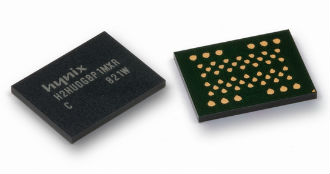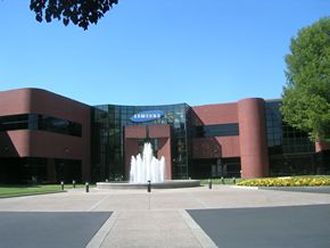 A survey has suggested that tablet sales are declining in the face of increased notebook sales.
A survey has suggested that tablet sales are declining in the face of increased notebook sales.
DisplaySearch, bought by HIS recently, said in the third quarter of this year, notebooks rose by 10 percent compared to 2013 to account for 49.4 million units shipped. The figures contradict other estimates which suggest that sales are weak or flattish.
But tablet PCs, in the same quarter, fell by eight percent.
DisplaySearch said the slump in demand for tablet PCs helped the growth of notebook sales.
In particular, growth of notebooks was helped by low priced Windows based notebooks PCs and by Chromebooks.
The leaders worldwide for notebooks are Lenovo (20%), HP (19%), Dell (12%), Acer (10%) and Apple (9%).
These five companies between them hold 69 percent of total notebooks shipped worldwide. Apple sales of the iPad declined in the third quarter by 13 percent.








